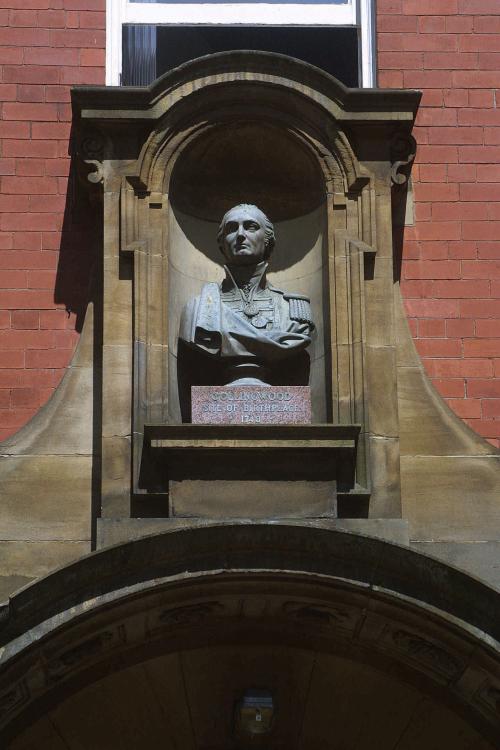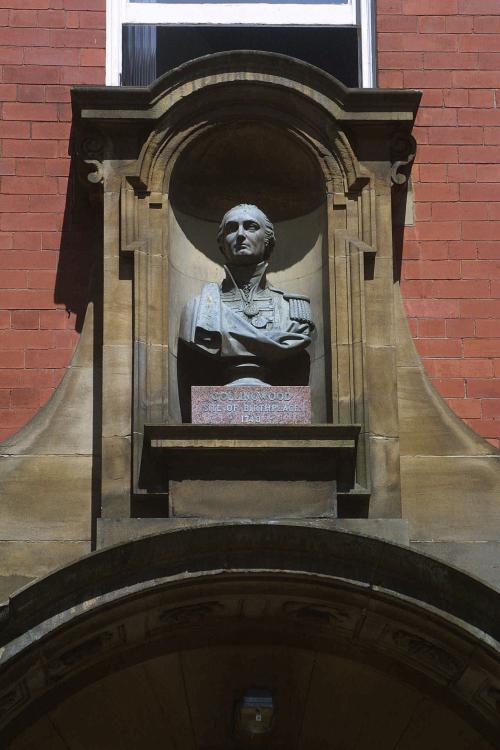Dog Leap Stairs lead from the Castle Garth to Side. In 1772 Baron Eldon, later Lord
Chancellor of England, eloped with Bessie Surtees, the daughter of a local merchant.
Local folklore suggests they made their escape on horseback up Dog Leap Stairs however
there is no solid evidence to support this. Dog Leap Stairs is also mentioned in the 1978
song ‘Down to the Waterline’ by Dire Straits.
A group of businessmen known as ‘Hostmen’ held a monopoly over the export of coal from the River Tyne. They welcomed visiting merchants, brought them up from the Quayside through the streets and chares and provided them with accommodation as well as introducing them to local traders. ’Hostmen’ acted as middlemen between coal producers and shipping merchants.
Nearby Mosley Street was the first street in the world to be lit by the incandescent light
bulb, invented by Sir Joseph Swan and first demonstrated at the Literary & Philosophical
Society on Westgate Road in 1880. The street facilitated east-west communication between the Flesh Market and Pilgrim Street. The street was named after Mr Alderman Mosley who was instrumental in promoting the material improvement of Newcastle.
Collingwood Street, named after Admiral Lord Collingwood, was opened in 1810 in the year of his death and provided better through access between Pilgrim Street and Westgate. Neville Street takes its name from Neville Tower.
The tower was named after the Neville family, Earls of Westmorland, who had a seat at Raby Castle, County Durham. The Nevilles had a town house, Westmorland Place, on the site of the present Literary & Philosophical Society and North of England Institute of Mining and
Mechanical Engineers.


